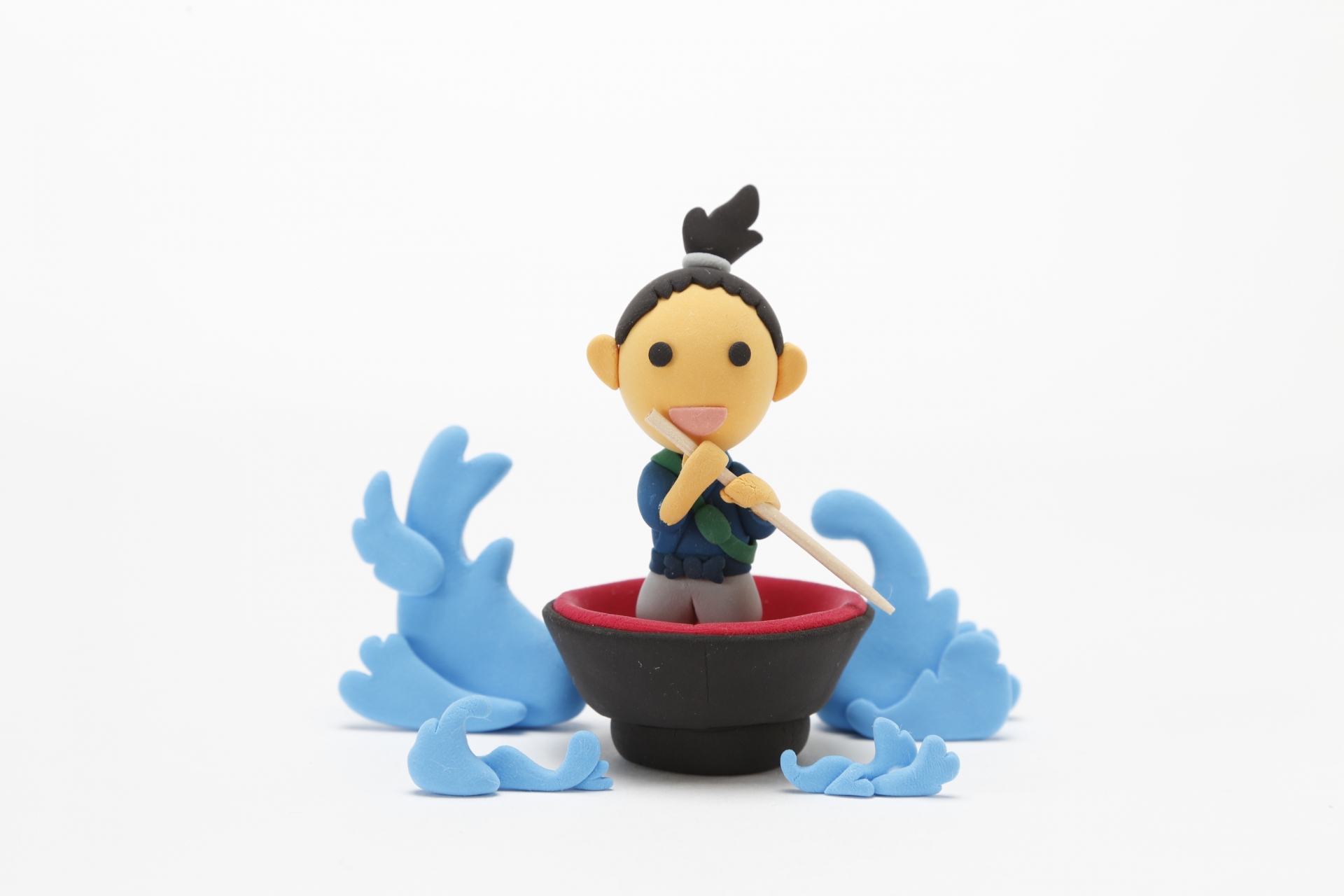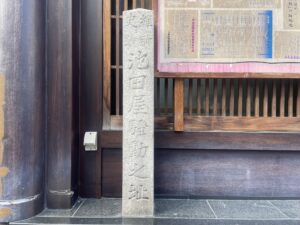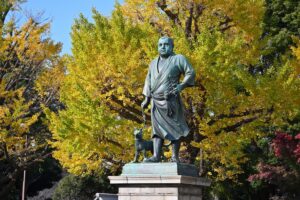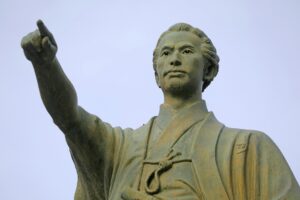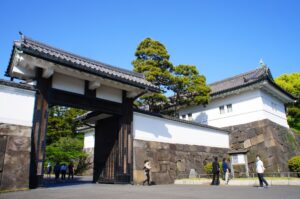Issunboshi, often translated as “One-Inch Boy,” is one of Japan’s most beloved folktales. This tiny warrior’s journey from humble beginnings to heroic triumph has inspired generations. In this article, we explore the story, its cultural roots dating back to the Muromachi period, symbolic meanings, and how it compares to Western tales like Tom Thumb. Whether you’re an educator, folklore enthusiast, or a parent searching for a unique bedtime story, Issunboshi offers a rich blend of adventure, tradition, and moral insight.
The Full Story of Issunboshi
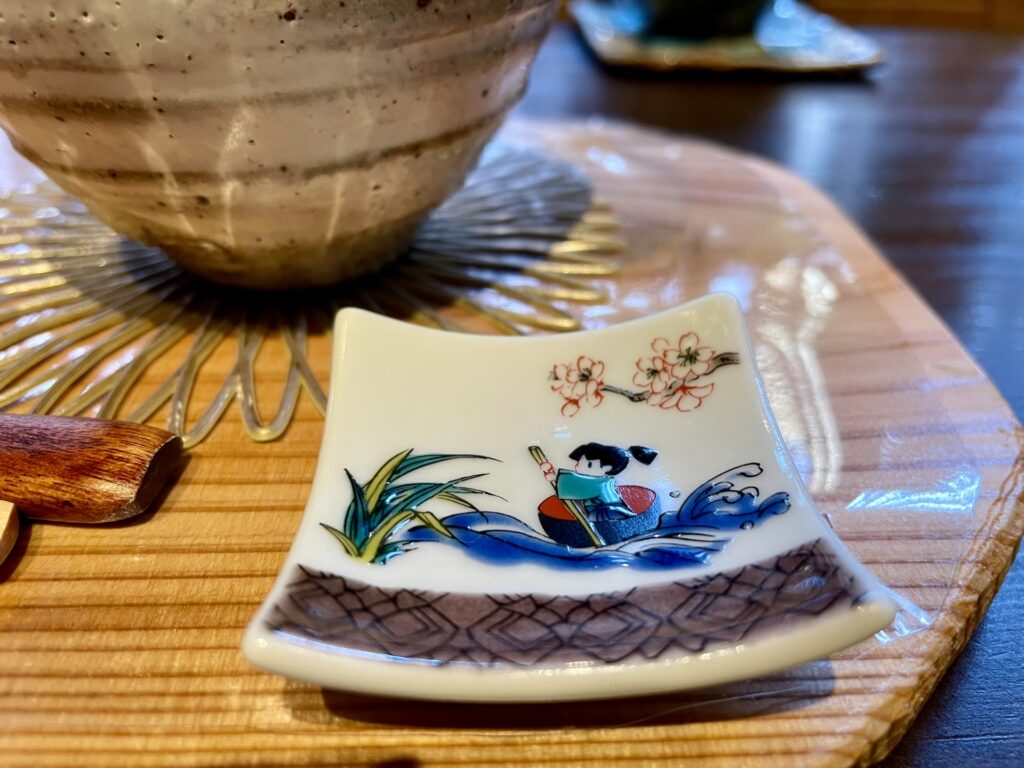
Once upon a time in a quiet village in Japan, a childless couple prayed every day at the Sumiyoshi Taisha Shrine in Osaka, longing for a child. One day, their prayers were answered—but in an unexpected way. The child they received was no bigger than an inch tall. They named him Issunboshi, which means “One-Inch Boy.”
Though tiny, Issunboshi was brave and eager to make a difference in the world. When he came of age, he asked his parents for a bowl to serve as a boat, a chopstick as an oar, and a needle as a sword. With their blessing, he set out for the capital, Kyoto, hoping to become a warrior and make his mark.
In Kyoto, Issunboshi found employment as a servant in the household of a wealthy nobleman. He was soon assigned to accompany the nobleman’s beautiful daughter on an errand. During their outing, they were attacked by a fearsome oni (demon). Without hesitation, Issunboshi leapt into action. Although minuscule in size, he fought valiantly, leaping into the demon’s mouth and stabbing it from within with his needle-sword.
The demon fled, dropping a magical mallet—known as the Uchide no Kozuchi, or “magic hammer.” This enchanted item could grant any wish. Grateful for his bravery, the nobleman’s daughter used the hammer to make Issunboshi grow into a full-sized man.
Soon after, Issunboshi married the nobleman’s daughter and was granted samurai status. From humble beginnings, Issunboshi rose to become a respected warrior, proving that true strength comes not from size, but from courage and heart.
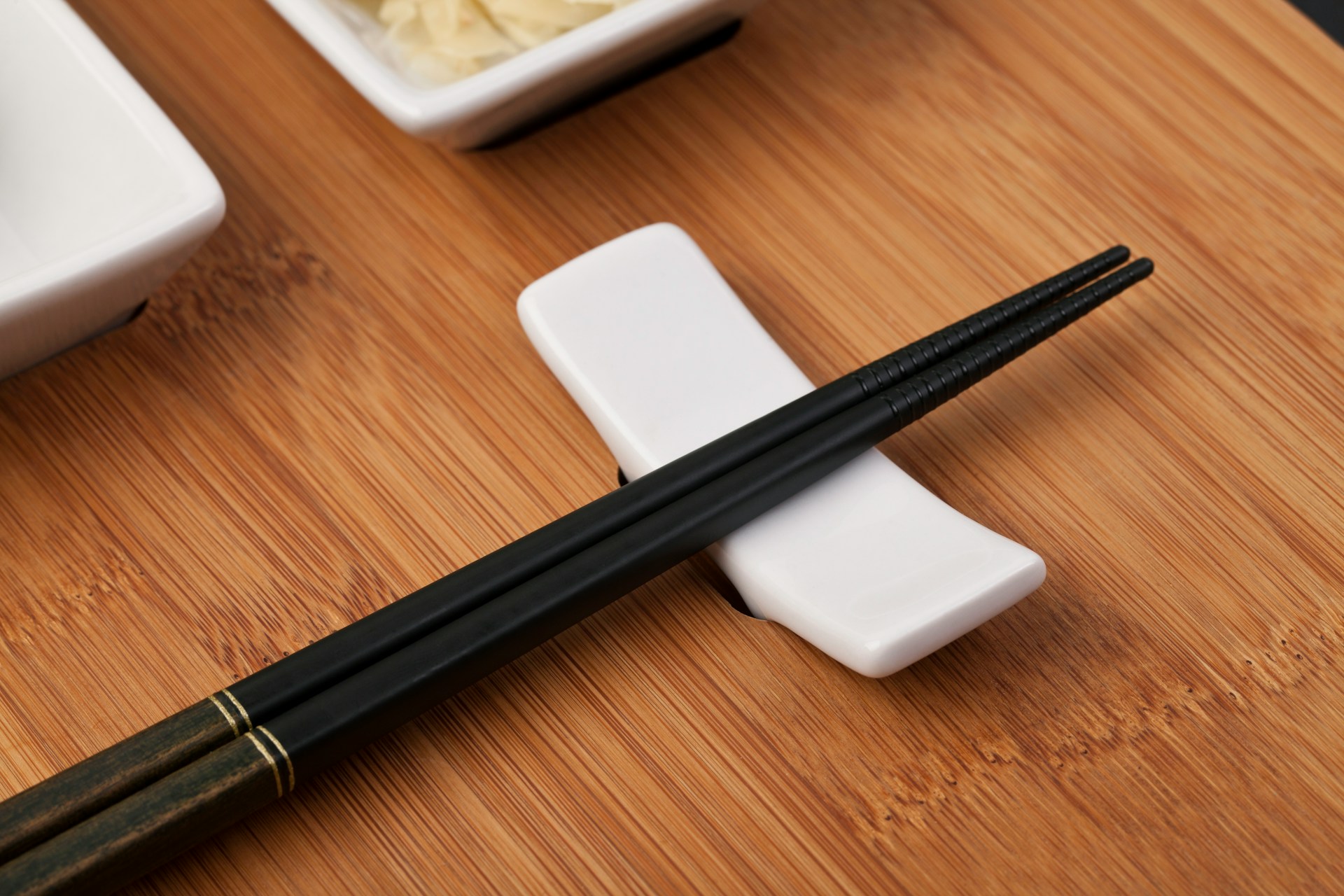
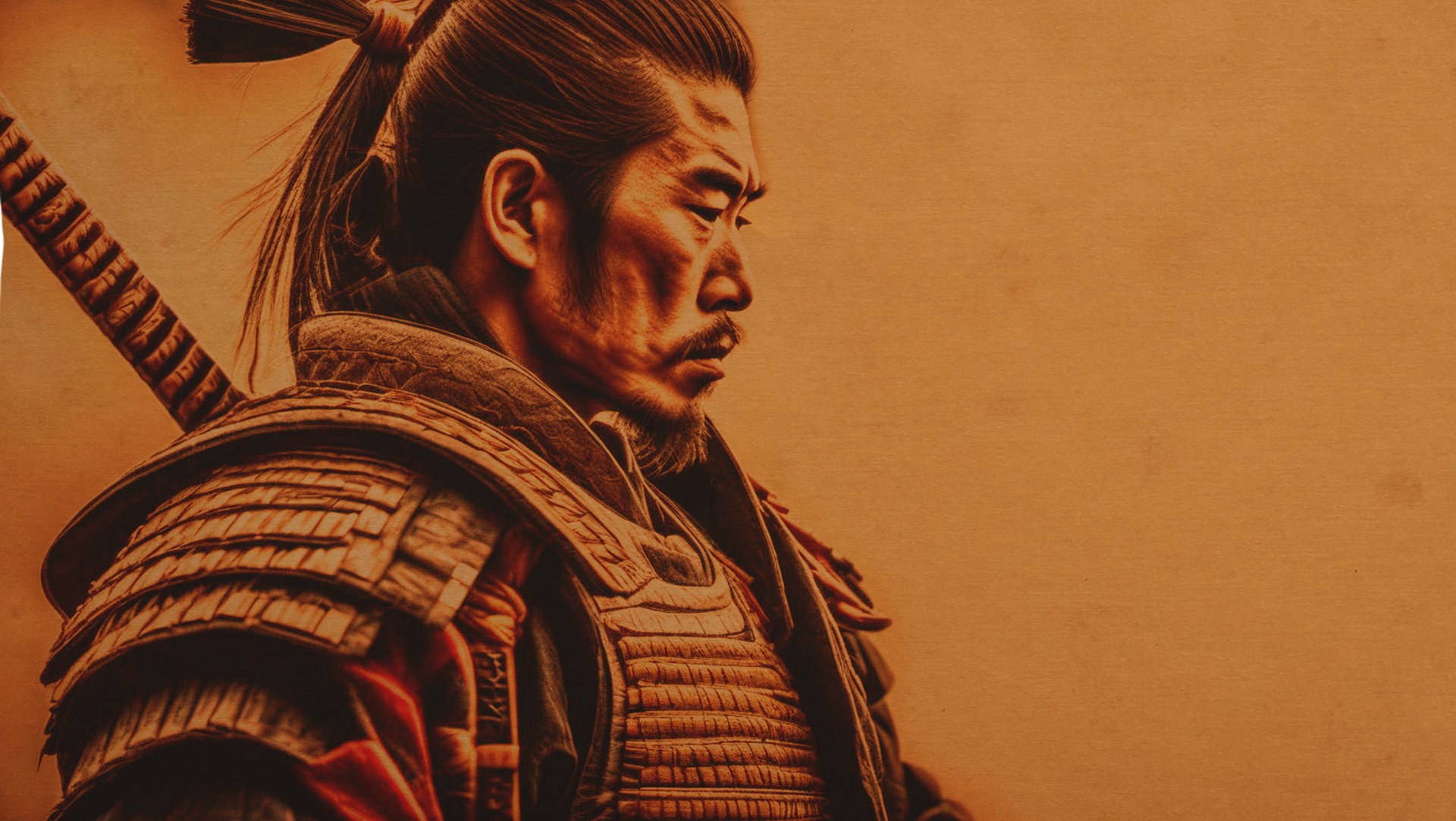
Meaning and Moral of the Story
At its core, Issunboshi is a tale about courage, perseverance, and self-worth. Despite his small stature, Issunboshi does not let his limitations define him. He dreams big, takes initiative, and confronts danger head-on. His bravery during the battle with the oni, and his clever use of the needle as a weapon, highlight the value of resourcefulness over brute strength.
The story teaches children that physical limitations—whether size, strength, or circumstance—do not determine one’s ability to make a difference. Much like “The Ugly Duckling,” which celebrates inner beauty, or “The Little Engine That Could,” which emphasizes belief in oneself, Issunboshi’s narrative encourages young readers to be resilient, clever, and kind.
Issunboshi is ultimately rewarded not just with physical growth but with social elevation and respect, reinforcing the idea that goodness, determination, and courage are qualities worthy of honor and recognition.
Cultural Origins of Issunboshi

Issunboshi’s origins trace back to Japan’s Muromachi period (14th–16th century), a time of rich cultural growth and literary development. The story is part of the Otogizōshi, a collection of short prose narratives written during this period. These works marked the transition from oral storytelling to written literature and were aimed at both aristocrats and commoners.
Otogizōshi stories often combined Buddhist morals, romantic themes, and adventure. Issunboshi fits squarely within this tradition—promoting ideals like filial piety, bravery, and the reward of virtue. His journey from countryside obscurity to samurai glory mirrors the social mobility that was both idealized and sought after in medieval Japan.
By presenting a protagonist who rises above societal expectations through inner strength and resolve, Issunboshi became a beloved symbol of aspiration, often passed down across generations as both entertainment and ethical instruction.
How Tall Is Issunboshi?
The name “Issunboshi” reveals a lot about the character. “Issun” (一寸) is an old Japanese unit of measurement equivalent to about 3 centimeters or 1.2 inches. Imagining a boy this tiny makes his bravery and accomplishments even more extraordinary.
Issunboshi’s small stature is not just a physical characteristic—it is a narrative tool. It heightens the fantastical tone of the tale, provides moments of humor and surprise, and reinforces the theme that greatness comes in all sizes. His needle-sword and bowl-boat aren’t just creative props—they symbolize his ability to adapt and overcome.
This exaggerated contrast between size and heroism is key to why Issunboshi remains a powerful figure in Japanese folklore. He reminds readers that courage and cleverness often matter more than sheer physical might.
Was Issunboshi Inspired by a Japanese Deity?
Scholars have suggested that Issunboshi may have been inspired by Sukuna-Hikona no Mikoto, a minor yet influential deity in Shinto mythology. Like Issunboshi, Sukuna-Hikona was incredibly small—described as so light he could ride a bird—and yet played a vital role in the creation of medicine, agriculture, and healing practices in Japan.
Both characters share traits of wisdom, resourcefulness, and underestimated strength. While Issunboshi is a fictional hero, Sukuna-Hikona’s divine legacy offers a mythological blueprint for the idea that even the smallest beings can wield immense power.
This intersection between folklore and mythology showcases the Japanese storytelling tradition of blending spiritual beliefs with moral fables. It reflects a worldview where the extraordinary often hides in the least expected places.
Where Does Issunboshi Take Place?
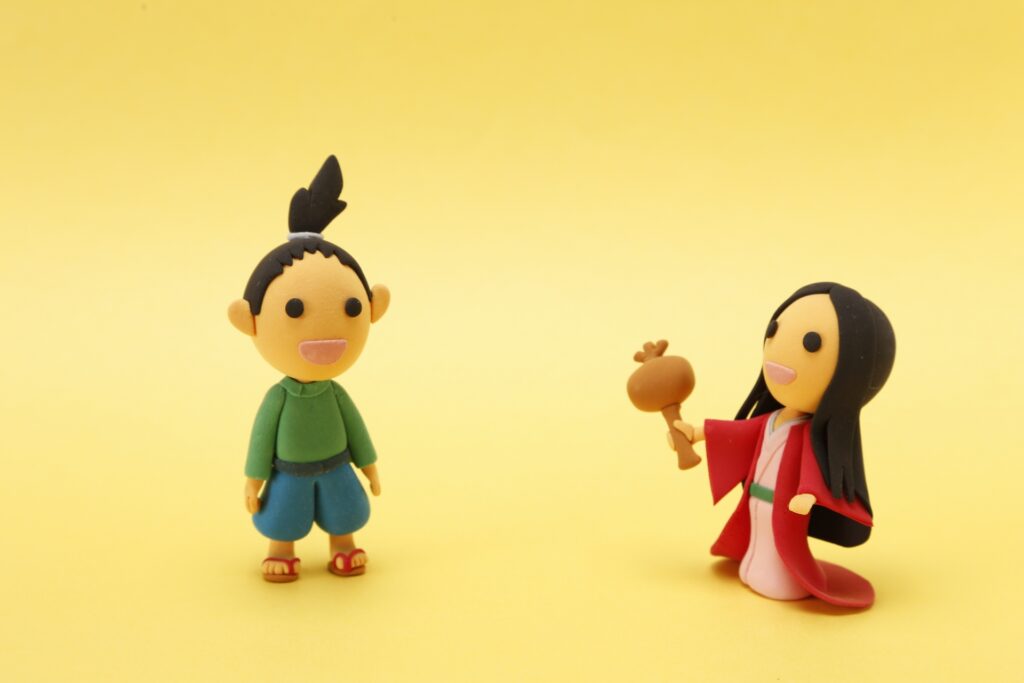
Issunboshi’s story begins in Osaka, at the Sumiyoshi Taisha Shrine—an important Shinto shrine known for its connection to sea travel, safe journeys, and family blessings. The choice of this setting underscores the spiritual nature of Issunboshi’s birth and the cultural importance of divine intervention in folktales.
The story then moves to Kyoto, the imperial capital and heart of Japanese nobility and refinement. This shift from rural origins to a sophisticated urban center symbolizes a classic folktale theme: self-betterment and ambition.
The journey from Osaka to Kyoto not only marks a physical adventure but also reflects Issunboshi’s personal growth—from a tiny child in a humble home to a noble samurai in the capital. These contrasting settings enrich the story’s symbolic and narrative depth.


Issunboshi vs. Western Tiny Heroes
| Story Title | Origin | Character Traits | Role of Size | Ending |
| Issunboshi | Japan | Brave, clever, ambitious | Enables creativity and heroism | Grows big and becomes a samurai |
| Tom Thumb | England | Mischievous, curious | Causes trouble and adventure | Returns to family, still small |
| Thumbelina | Denmark | Kind, gentle, patient | Emphasizes vulnerability | Finds love among similar beings |
While Western tales like “Tom Thumb” often focus on survival and maintaining innocence in a harsh world, Issunboshi emphasizes achievement, honor, and the pursuit of societal respect. Issunboshi does not remain small; his transformation into a full-sized samurai signifies the fulfillment of his aspirations.
This contrast reflects cultural differences: Western stories often explore individuality and emotional resilience, whereas Japanese folktales, including Issunboshi, highlight social harmony, ambition, and moral fortitude.
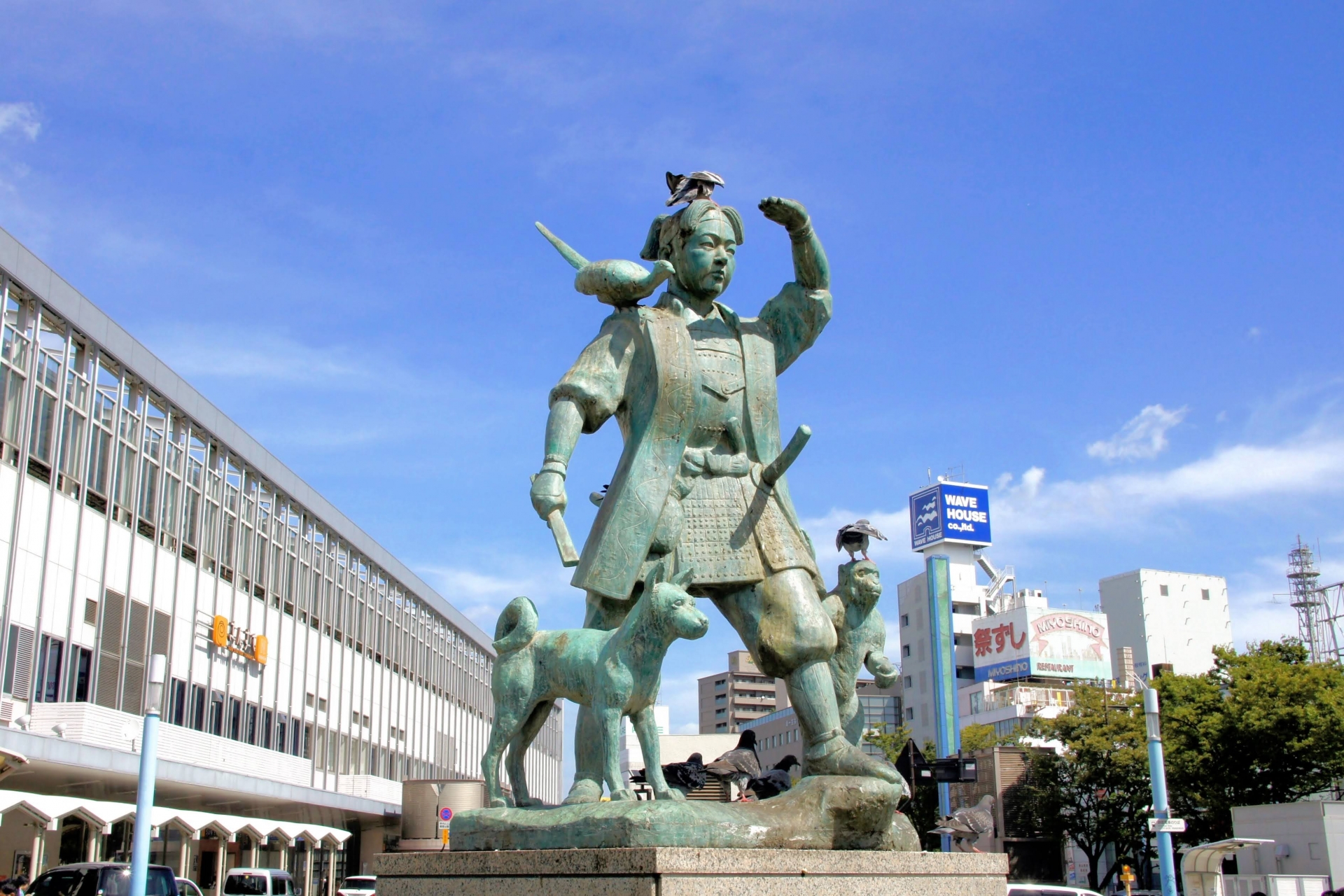
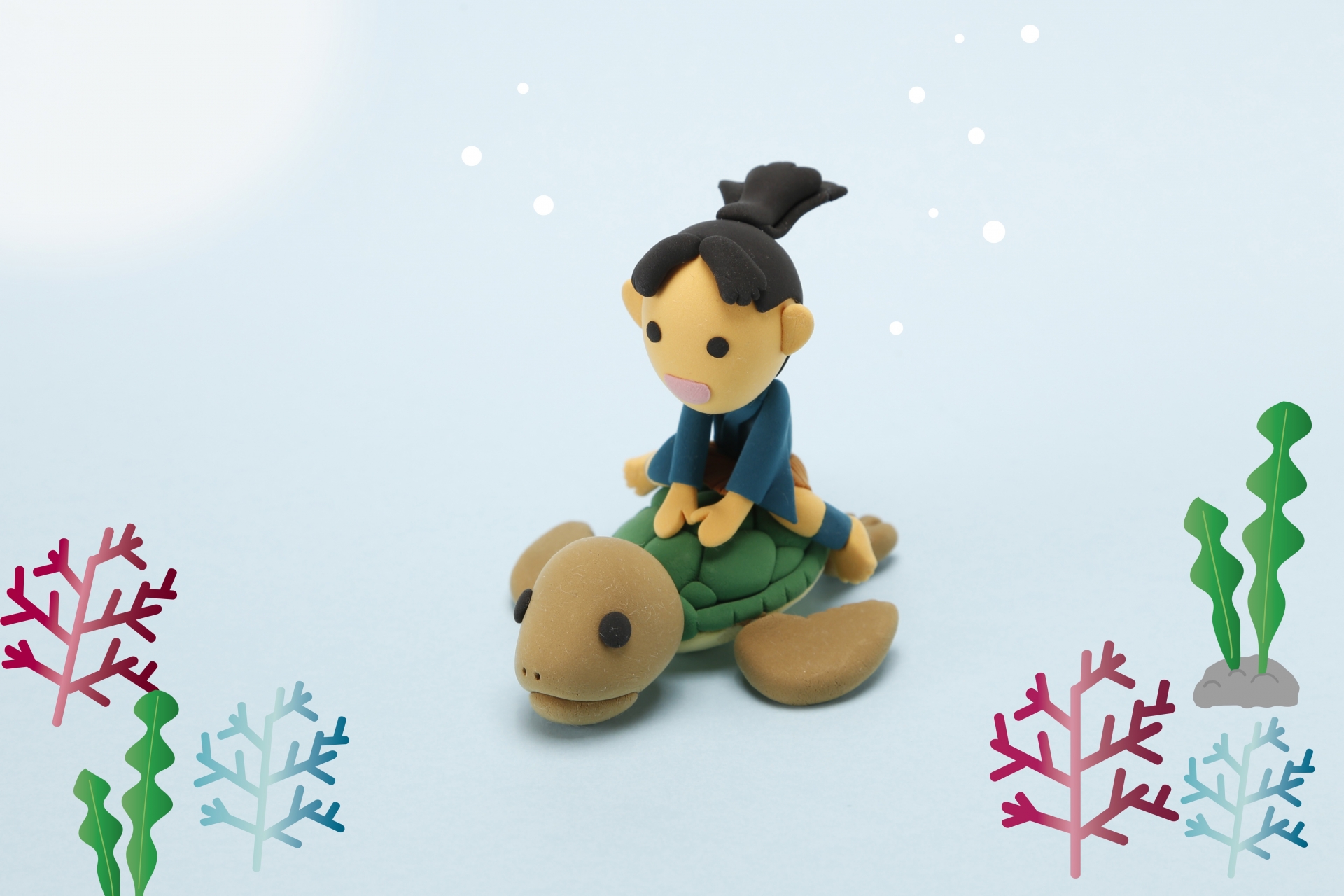
How to Teach Issunboshi to Children
Issunboshi is a rich resource for educators and parents. Here are some effective ways to teach the tale:
Printable Activities:
- Coloring pages of Issunboshi, his boat, the oni, and the magic hammer
- Story sequencing cards to reinforce narrative comprehension
- Vocabulary sheets featuring traditional Japanese words like “oni,” “samurai,” and “Sumiyoshi”
Discussion Questions:
- What challenges does Issunboshi face, and how does he overcome them?
- How does the story show that size doesn’t determine courage?
- What would you wish for with the magic hammer?
Classroom Adaptations:
- Role-playing or puppet shows to bring the story to life
- Comparative lessons featuring Issunboshi and Western tiny heroes
- Creative writing prompts: What would you do if you were only one inch tall?
Teaching Issunboshi helps children learn about Japanese culture, develop empathy, and reflect on their own inner strengths.
Conclusion: Why Issunboshi Still Matters
Issunboshi continues to inspire audiences across generations and cultures. His story is a timeless reminder that physical appearance does not define one’s potential. Instead, it’s one’s courage, intelligence, and heart that shape destiny.
In a world where size and strength are often glorified, Issunboshi offers a counter-narrative that champions ingenuity, humility, and determination. Whether read as a bedtime story, taught in classrooms, or explored through scholarly study, Issunboshi invites us all to reflect on what it means to be truly brave.
So, what does courage look like in your life? Like Issunboshi, you may find that even the smallest acts can lead to the biggest changes.

